
All categories
Featured selections
Trade Assurance
Buyer Central
Help Center
Get the app
Become a supplier

(3500 products available)

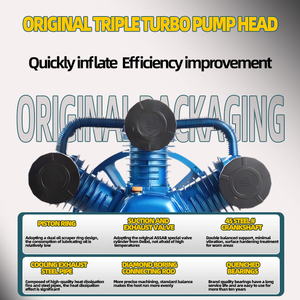
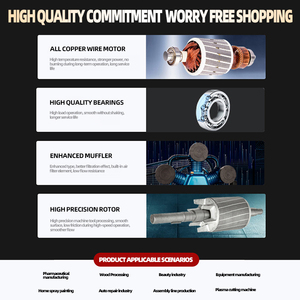





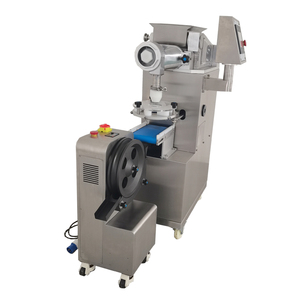
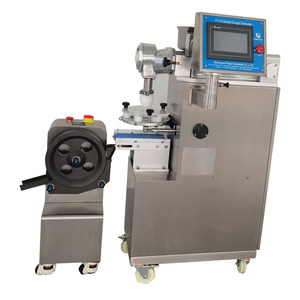





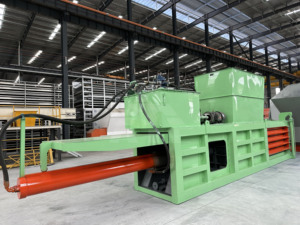





compression machine for ball represent fundamental elements in industrial machinery operations that operate during rubber product manufacturing processes. These machines function to convert basic rubber raw materials into finished products by performing molding, extrusion, and vulcanization operations. The engineers designed these systems with high efficiency, precise quality control, and production consistency. The rubber components essential for automotive and construction industries depend heavily on compression machine for ball manufacturing systems. Rubber product manufacturing continues to evolve through technological advancements that enhance machine capabilities and minimize environmental impact while the market demand for rubber products grows.
Several rubber product manufacturing machines known as compression machine for ball exist each serving different manufacturing functions. The main types consist of rubber injection molding machines, rubber extrusion machines, and rubber vulcanization machines. The combination of precise design and complex shape production abilities makes rubber injection molding machines suitable for automotive components and seals. The rubber extrusion machines produce continuous profiles, including hoses and gaskets, through their operations using different designs and material options. The rubber vulcanization machines function as vital equipment for rubber curing through their combination of heat and pressure control systems, leading to rubber strengthening and improving elasticity. The distinct features of each compression machine for ball type deliver tailored solutions to fulfill particular production requirements, which lead to superior performance and product quality.
compression machine for ball contains multiple operational elements that serve as fundamental manufacturing tools for the rubber industry. The machines deliver accurate time control and temperature and pressure elements, which determine product properties. The usability and accuracy improve through features including automated systems, digital displays, and programmable controllers. The production speed and consistency improve through automated systems, which minimize operator interaction. Real-time monitoring becomes possible through digital displays, which enable operators to make parameter adjustments whenever needed. The production process benefits from flexible operation using programmable controllers because they enable users to customize settings according to different product requirements. The many compression machine for ball machines feature strong construction that delivers durability, reduced maintenance expenses, and decreased downtime.
The construction of compression machine for ball involves the use of high-quality materials and components to ensure reliability and performance. The strength and wear resistance properties of machine frames and structural parts make steel and aluminum suitable for manufacturing. The precise engineering of hydraulic systems and electric motors is essential for maintaining smooth operation and control. The surfaces that contact rubber receive specialized coatings and treatments to prevent sticking while enabling easy cleaning procedures. The selection of materials influences both machine operational effectiveness and manufacturing longevity and total production quality so manufacturers can create compression machine for ball systems suitable for various industrial settings.
Optimal compression machine for ball operation demands that users comprehend machine capabilities while making adjustments to achieve maximum effectiveness. Proper training of operators must cover equipment handling safety and effective operation to achieve proper setup and parameter adjustment. Machine longevity and operational reliability depend heavily on consistent maintenance and inspection procedures. The implementation of automated functions results in higher production rates because it decreases human supervision and decreases errors. Choosing the right machine depends on rubber product characteristics because design complexity and material demands influence the selection process. The proper disposal of waste combined with strict compliance with environmental regulations remains essential to reduce the ecological consequences of compression machine for ball usage during manufacturing operations.
The selection of compression machine for ball requires analysis of manufacturing methods alongside the rubber products the operation plans to create. Knowledge about machine operational potential stands as an essential factor. Rubber injection molding machines produce detailed parts, and rubber extrusion machines excel at creating unbroken tube shapes. A thorough evaluation of machine suitability for the production requirements will result in efficient and high-quality outcomes. The selection process should include an analysis of machine energy usage and environmental considerations since these elements affect production expenses and sustainability levels.
When selecting compression machine for ball, it is essential to analyze the degree of automation as well as the level of technology integration. Most modern machinery features automated controls alongside real-time monitoring capabilities and data analytics, which lead to improved accuracy and productivity. The technologies enable improved control of production stages to reduce errors and waste production. Evaluating system integration capabilities with current equipment and potential enhancement options should be performed. Rubber manufacturing equipment that allows flexible programming enables users to modify production processes according to changing market requirements and technological advancements in rubber manufacturing.
When picking compression machine for ball, manufacturers should examine three primary factors, which include product type, manufacturing quantity, and production methods. Evaluation of machine energy efficiency and maintenance capabilities, along with the level of automation, should also be part of the selection process. A thorough evaluation of these factors will result in machinery selection supporting operational goals and sustainability practices.
The optimization of compression machine for ball operation through routine maintenance and trained personnel will increase efficiency. Productivity benefits from automated features, which reduce manual worker intervention and minimize errors. Buyers must select appropriate equipment types based on product complexity and material characteristics when choosing rubber product machines. Adherence to environmental regulations and energy-saving practices will enhance operational efficiency.
The main difficulties with compression machine for ball stem from equipment maintenance problems as well as production interruptions and the implementation of modern technologies. Regular servicing of machinery and operator training will help minimize these operational challenges. Flexible and forward-thinking equipment selection and management systems must be in place to handle production demand shifts and technological developments.
The production requirements of compression machine for ball can frequently be adapted through customization options. The customization process might include adjusting machine settings, integrating new features, and accommodating various rubber materials. Working with manufacturers to customize equipment leads to better performance and achieving production targets.
Environmental aspects of compression machine for ball include the amount of energy usage and the methods for waste disposal along with sustainable material utilization. The selection of energy-efficient machines, along with waste reduction strategies, serves to decrease environmental impact. Following regulations and adopting sustainable manufacturing practices enables manufacturers to achieve better environmental responsibility.